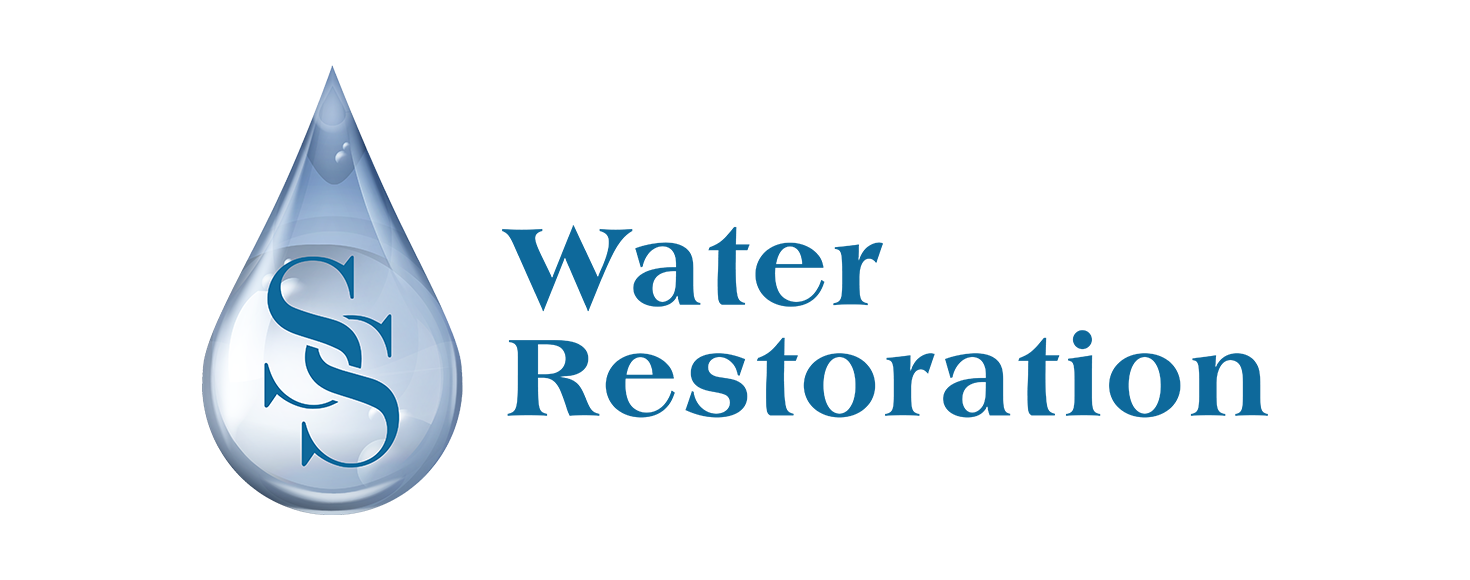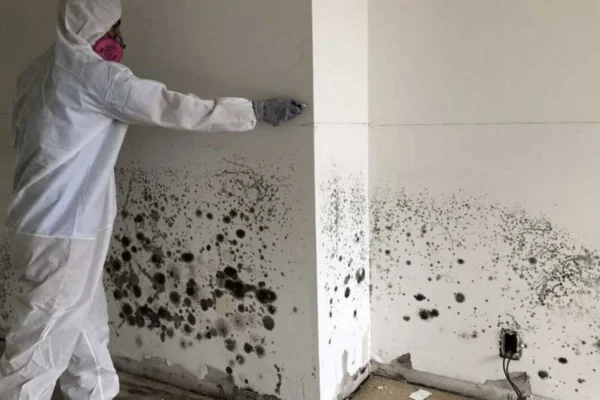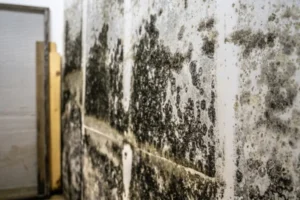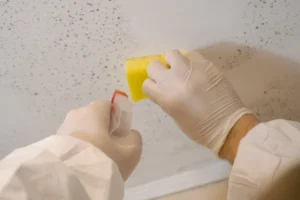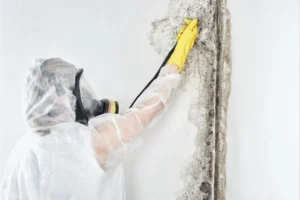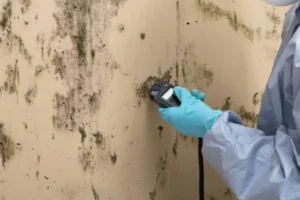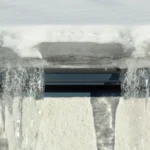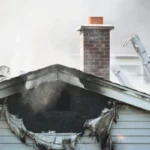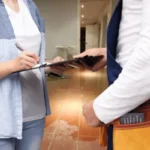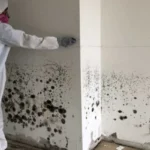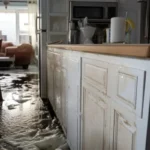Black mold can quietly spread through your home, often hiding behind walls, under flooring, or in damp areas like bathrooms and basements. Left untreated, it poses serious health risks and can damage your property, making it one of the most stressful and costly challenges a homeowner can face.
While DIY mold removal may seem like a cost-effective option, it often fails to address the problem fully. Professional black mold remediation provides a systematic approach that ensures thorough removal, addresses underlying moisture issues, and prevents recurrence. Let’s see how the mold removal process works, so you can make informed decisions that protect your family and your property.
The Hidden Dangers of Black Mold
Black mold is more than an unsightly nuisance—it can harm your health and your home if not properly handled.
Health Risks Linked to Black Mold Exposure
Exposure to black mold is associated with a range of health concerns, particularly for children, the elderly, and individuals with asthma or allergies. Symptoms may include:
- Persistent coughing, sneezing, or nasal congestion.
- Throat irritation, sinus infections, and headaches.
- Worsened asthma attacks and other respiratory issues.
- Chronic fatigue or general malaise.
- Skin irritation or watery eyes.
Even healthy adults can experience discomfort or breathing difficulties when mold is present.
Property Damage and Structural Risks
Black mold thrives in moist environments, which can compromise walls, ceilings, floors, wood, drywall, and insulation. Untreated mold can weaken structural integrity, creating costly repair needs and a favorable environment for recurring infestations.
Professional black mold removal services not only eliminate visible mold but also address hidden moisture problems, protecting your home and reducing long-term expenses.
Hidden Mold Growth Signs
Early detection is key to minimizing damage and the cost of black mold remediation. Watch for:
- Musty or earthy odors in closets, corners, or crawlspaces.
- Water stains or discoloration on walls and ceilings.
- Excess condensation or high humidity.
- Warped flooring, peeling paint, or bubbling wallpaper.
DIY vs. Professional Black Mold Remediation
While DIY methods may appear cheaper, they often fail to provide complete removal.
Why DIY Mold Removal Often Fails
Attempting black mold removal without professional expertise can lead to:
- Incomplete removal of spores hidden behind walls or under floors.
- Lack of proper safety gear exposes residents to health risks.
- Failure to address underlying moisture problems.
- Accidental spread of spores to other areas,
These shortcomings often result in recurring mold issues, increased remediation costs, and ongoing health problems.
How Professionals Identify Root Causes of Mold Growth
Certified remediation experts conduct thorough investigations to determine the cause of mold development. They evaluate:
- Moisture levels throughout the home.
- Plumbing leaks and ventilation issues.
- HVAC system moisture and drainage problems.
By addressing the root cause of the problem, professional remediation prevents future infestations, saving time and reducing long-term costs.
Certified Techniques for Safe and Lasting Remediation
Professional remediation follows strict protocols to ensure both safety and effectiveness. Key steps include:
- Comprehensive inspection of affected areas.
- Controlled containment to prevent spore spread.
- Use of industrial-grade equipment and cleaning agents.
- Post-remediation verification and clearance testing.
These certified procedures ensure mold is entirely removed and help prevent mold from coming back, offering homeowners like you lasting peace of mind.
Why Professional Mold Remediation Is Worth It
Hiring certified mold remediation experts is more than just a quick fix—it’s an investment in your time, finances, and peace of mind. Professionals handle every stage of themold remediation process with precision, ensuring long-lasting protection for your home and health.
How Professional Remediation Saves Time
Mold can spread silently for months before it becomes visible. Professionals conduct thorough mold inspections that:
- Detect hidden growth before it spreads.
- Identify leaks and moisture sources.
- Reduce health risks from prolonged exposure.
- Prevent long-term structural damage.
With industrial-grade vacuums, dehumidifiers, and air filtration systems, remediation teams eliminate mold faster and more effectively than DIY methods. Their expertise minimizes the chance of recurrence and helps you return to a safe, mold-free home much sooner.
How Professional Remediation Saves Money
While professional services require an upfront investment, they ultimately save money by preventing recurring mold problems. Experts don’t just remove surface mold—they address root causes to stop it from coming back. This prevents costly repeat cleanups, protects your home’s structural integrity, and safeguards resale value.
Professional remediation also offers long-term savings by reducing:
- Black mold health risks and related medical costs.
- Repairs from water damage and structural decay.
- The likelihood of expensive future remediation projects
How Professional Remediation Reduces Stress
Mold infestations can be stressful and overwhelming, but professional help makes the process easier. Certified teams ensure:
- Safe removal that complies with health and safety standards.
- Transparent communication and detailed documentation for insurance or future inspections.
- Warranties and follow-up inspections that provide lasting reassurance.
By entrusting the work to experts, homeowners gain confidence that the problem is handled correctly and won’t return, freeing them from ongoing worry.
Understanding the Mold Remediation Process
Professional black mold remediation isn’t just about removing visible growth—it’s a comprehensive, step-by-step process designed to eliminate mold at its source, improve indoor air quality, and prevent future outbreaks.
Initial Inspection and Testing
Every effective remediation project begins with a detailed assessment to determine the extent of the problem and guide the best course of action. During this stage, professionals may:
- Conduct a visual inspection of walls, ceilings, floors, and any hidden spaces, such as basements or crawl spaces.
- Conduct air and surface sampling to detect invisible spores that could spread throughout the home.
- Use moisture meters and thermal imaging cameras to detect hidden leaks, dampness, or condensation that can fuel mold growth.
This step ensures no underlying issue goes unnoticed, helping to design a remediation plan that targets both current and potential future mold risks.
Containment and Removal Procedures
Once the problem areas are identified, the next step is to isolate them and stop mold spores from spreading to unaffected spaces. Professionals typically:
- Set up physical barriers such as plastic sheeting and negative air pressure systems to seal off the work zone.
- Utilize HEPA filtration systems to capture airborne spores and enhance air quality during remediation.
- Safely remove and dispose of contaminated materials like drywall, insulation, or carpeting when they cannot be salvaged.
By combining containment with safe disposal, specialists ensure mold removal is thorough, reducing the likelihood of cross-contamination.
Cleaning, Sanitization, and Prevention Steps
After removal, cleaning, and prevention become critical to restoring a healthy environment and preventing mold from returning. This stage often involves:
- Applying EPA-approved antimicrobial solutions to all affected surfaces to kill lingering spores.
- Using specialized cleaning techniques such as HEPA vacuuming and damp wiping to eliminate debris.
- Improving ventilation and dehumidification, especially in kitchens, bathrooms, and basements, where moisture is common.
- Sealing cracks, repairing leaks, and adding moisture barriers to prevent water intrusion.
- Establishing a long-term monitoring plan in high-risk areas with periodic inspections and humidity control.
Together, these steps create a safer indoor environment, protect your property from structural damage, and provide you with confidence that the mold problem has been effectively resolved.
Professional Black Mold Remediation – Final Thoughts
Professional black mold remediation safeguards your home, health, and finances. Certified experts efficiently identify mold, address its underlying causes, and implement steps to prevent it from recurring, saving time and reducing long-term costs.
By trusting trained professionals, homeowners gain peace of mind and a safe, healthy living environment. Don’t risk your health or property value with DIY methods—choose professional remediation for lasting results.
Protect your health and your home — schedule a black mold inspection today.
